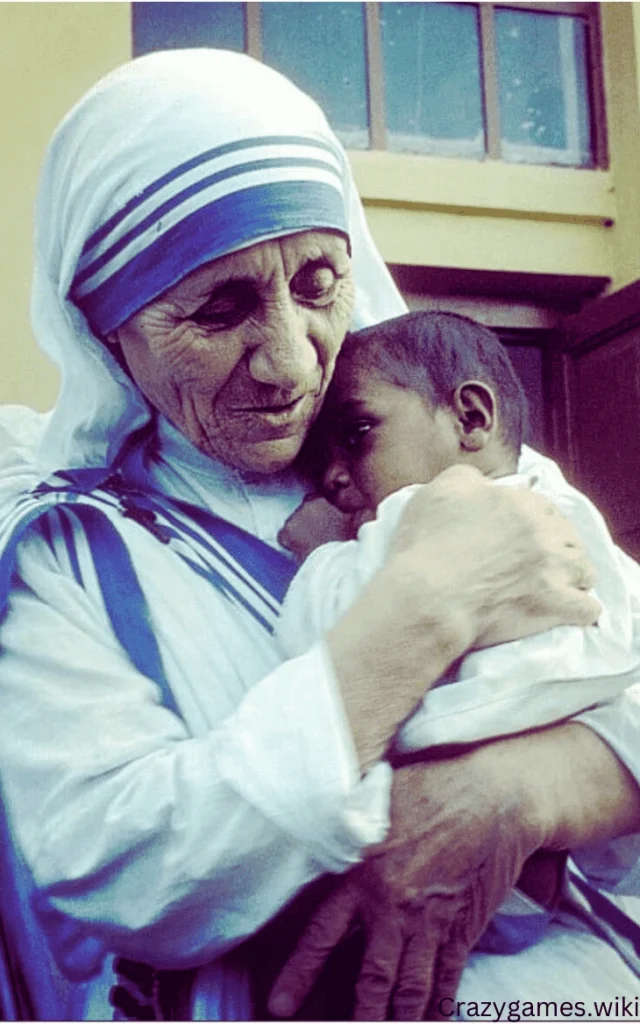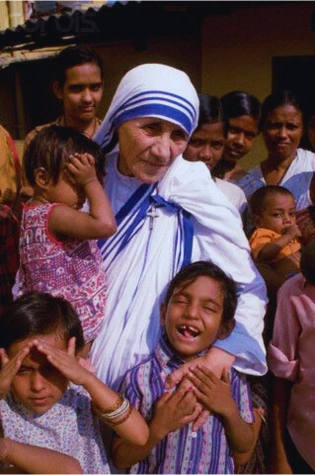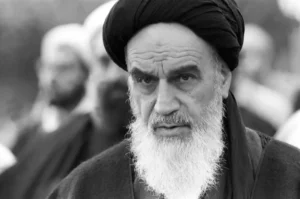Mother Teresa was born on the 26th of August 1910, was an Albanian-Indian Catholic the contrary who created the Missions of Charity. Initially from Skopje, Macedon she went to the Emerald Isle at the tender age of 18 then arrived in India, where she spent more than half of her life. Declared the Blessed Teresa of Calcutta by the Catholic Church on the fourth of September in 1966, her passing away anniversary, the fifth of September is celebrated as the date of her feast.
Mother Teresa created the Missionary Sisters of Charity, which involved over 4,500 religious nuns in 133 different nations by 2012. The religious organization works in homes for people who have HIV/AIDS, malaria, and pneumonia, in addition to operating soup kitchens, clinics, foster homes, and educational institutions. Participants vow purity, destitution, obedience, and devoted service to the most impoverished.

Despite acquiring honors like the Ramon Magsaysay International Peace Award in 1962 and the Peace Prize from the Nobel Committee in 1979, she experienced remarks for her opinions on abortion and the conditions that existed in her care amenities. Her approved biography by Navin Chawla was released in 1992, and on the sixth of September 2017, she and the apostle Francis Xavier became co-patrons of the Roman Catholic Archdiocese of Bengal.
Childhood
Mother Teresa, formerly known as Agnes Gonxha Bojaxhiu, was born on the 26th of August 1910 in Skopje, North Macedonia, which was still part of the Turkish Empire at that point in time. Her extended family was of Albanian culture, and her dad, who was a fairly prosperous seller, passed away when the girl was only 8 years old. After his death, the entire household looked at challenges with money, but her mom highlighted the significance of leading a Christian life and assisting those in desire.
At 12, Margaret felt an urge to become a nun and offer her entire existence to God. By the tender age of 18, she left their homes and joined the Sisters of Loreto, an Irish Catholic order with tasks in the nation of India. After completing her education near Dublin to improve her English, she went to the city of Kolkata (previously known as Calcutta), India, in late the same year.
She got her beginning pledges as a nun in May 1931, selecting the name Teresa in respect of Saint Thérèse of Lisieux in France By 1937, upon implementing her final oaths she was referred to as Mother Teresa.

Charity Missionaries
In Christian belief, charity symbolizes the most profound type of love, illustrating the reciprocal affection between humanity and the Creator, and is demonstrated through acts of selflessness towards others. The Apostle Paul’s exposition of charity is in the New Testament’s first chapter (1 Corinthians 13). Charity, which comes from the Greek word agapē (which means “love”), shows itself via Jesus Christ’s life and giving up. Augustine, the apostle, summed up this by stating, “Charity is a virtue that unites us to God by loving Him.” In the medieval period biblical scholars, particularly St. Thomas Aquinas, considered charity as the essential virtue promoting all others.
During the period known as the Reformation, discussions concentrated more on trust than on charitable organizations, but Reformists understood God’s agāpe as undeserved love. They claimed that human charity ought not to be dependent on the attractiveness of its goal but on the transforming impact of heavenly agāpe.
Inner Calling
Between 1931 and 1948, Mother Teresa taught historical topics, geography, and catechism at St. Mary’s Secondary School in the city of Kolkata. In this period, she gained Bengali and Hindi and eventually rose to become the educational institution’s principal. She frequently went to the towns that were deprived and observed the increasing suffering throughout the destruction of 1943 famine, which stated the existence of many thousands of people in Bengal, India.
In the month of September 1946, while traveling on an express in India, Mother Teresa encountered what she stated as a “calling within a calling.” As a consequence, she got authorization from her higher-ups to depart her nunnery school and devote herself to maintaining a life among the city’s least fortunate and ill people living there. This defined the starting point of her sporting a unique white sari with a blue frontier which afterward became consistent for the nuns who participated in her mission.
Also Read: Malala Yousafzai
Health Decline and Death
Teresa, also known as Mother Teresa, was suffering a heart attack in Italy in 1983 while going to the pontiff John Paul II. After another heart attack in 1989, she got a device called a pacemaker. In 1991, after an outbreak of the illness in Mexico, she experienced more heart issues. Despite providing the opportunity to step down as leader of the missions of Charity, the nuns cast votes for herself to stay in her role, and she accepted to stay on.
In April 1996, Teresa turned and murdered the bone in her collarbone, and a few months thereafter, she contracted infections caused by parasites and came across heartbeat failure Although she had surgery on her heart, her physical condition kept on decline. Cardinal Henry Sebastian’s D’Souza of Mumbai even directed an excommunication (with her permission) after she was first receiving treatment for heart problems, believing she may have been under spiritual attack. On March 13, 1997, Teresa stepped down from her role as head of the Missionaries of Charity, among others. Mother Teresa slipped away on 5 Sep.

Nobel Peace Prize and Controversy
In 1979, Mother Teresa was presented with the Nobel Peace Prize, which the committee awarded for her “efforts to alleviate poverty and suffering, which also threaten peace.” By then, the Missionaries of Charity had grown to include over 1,800 nuns and 120,000 lay workers, operating in more than 80 centers across India and over 100 centers worldwide. The following year, the Indian government honored her with the Bharat Ratna, the nation’s highest civilian award.
Despite her many accolades and widespread admiration, Mother Teresa faced criticism as well. She held strict conservative positions on issues such as divorce, contraception, and abortion, and maintained traditional views on the role of women in society. Critics also questioned the cleanliness and quality of care in some of her order’s facilities and accused her of attempting to convert those she helped to Christianity.
FAQs:
Why did Mother Teresa receive the Nobel Peace Prize?
She was awarded the Peace Prize by the Nobel Committee in 1979 for her tireless efforts to reduce hardship and misery worldwide, which the jury of the Nobel Prize considered vital to encouraging peace. Her service to the Missions of Charity, offering support and medical care to those who are least fortunate and most in need, was an important component in her obtaining the award.
What controversies surrounded Mother Teresa despite her accolades?
Despite her numerous honors and international gratitude, Teresa experienced disputes due to her conservative opinions concerning topics like separation, sterilization, and abortion, and her conventional views about female positions in society. In addition, certain individuals asked about the requirements of sanitation and good care in her establishments and claimed she of trying to lead those she assisted with the Christian faith.

